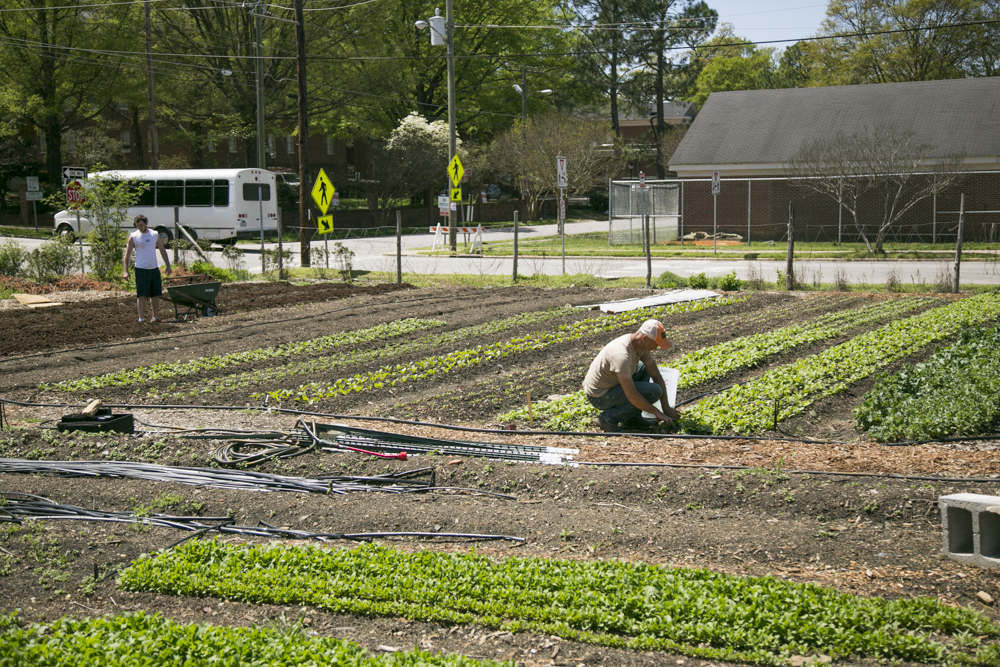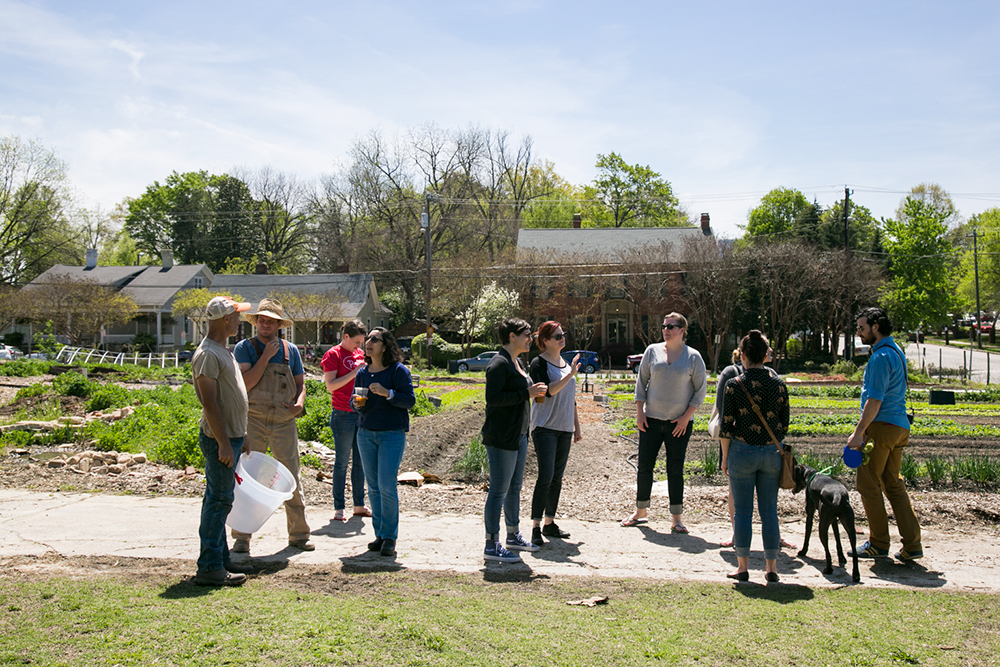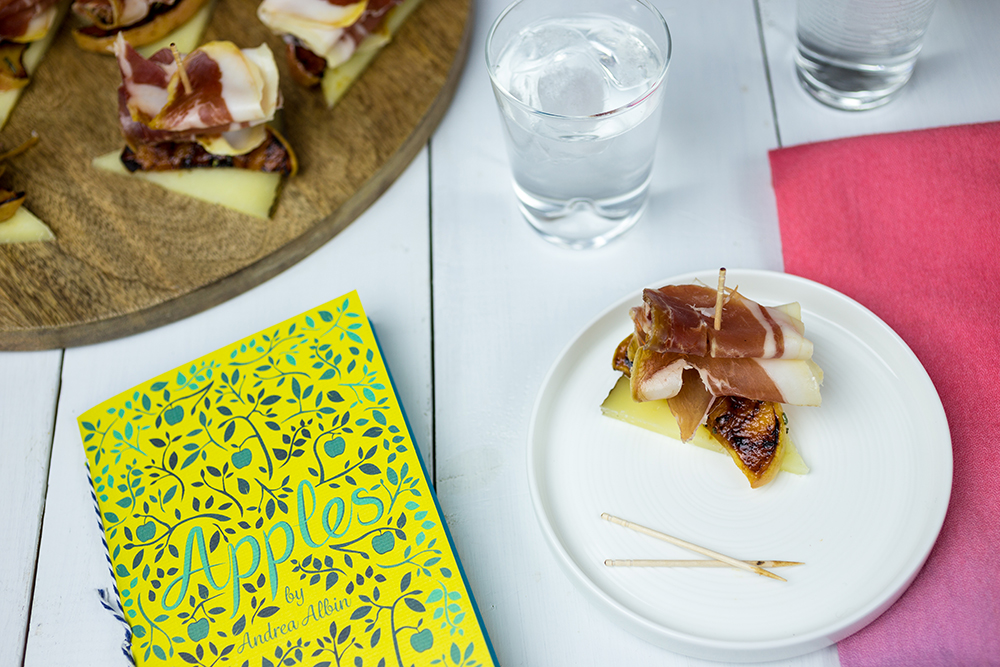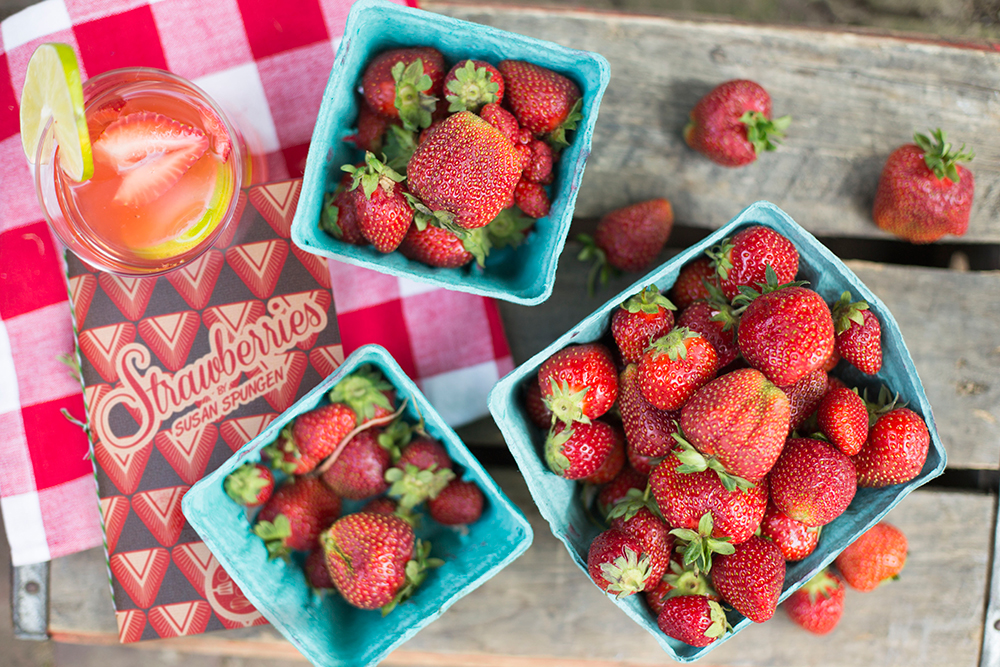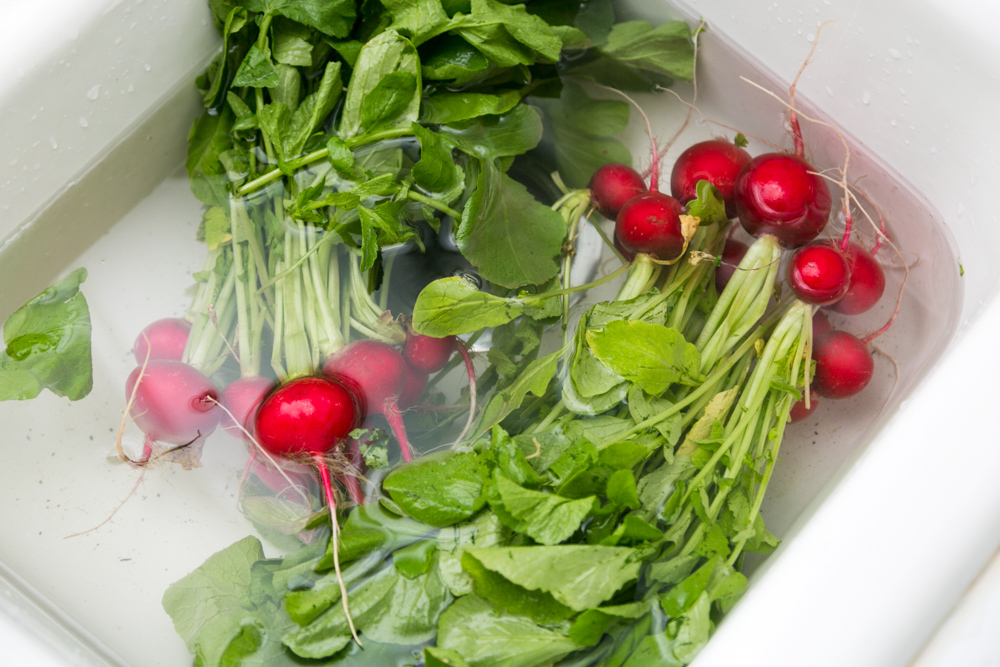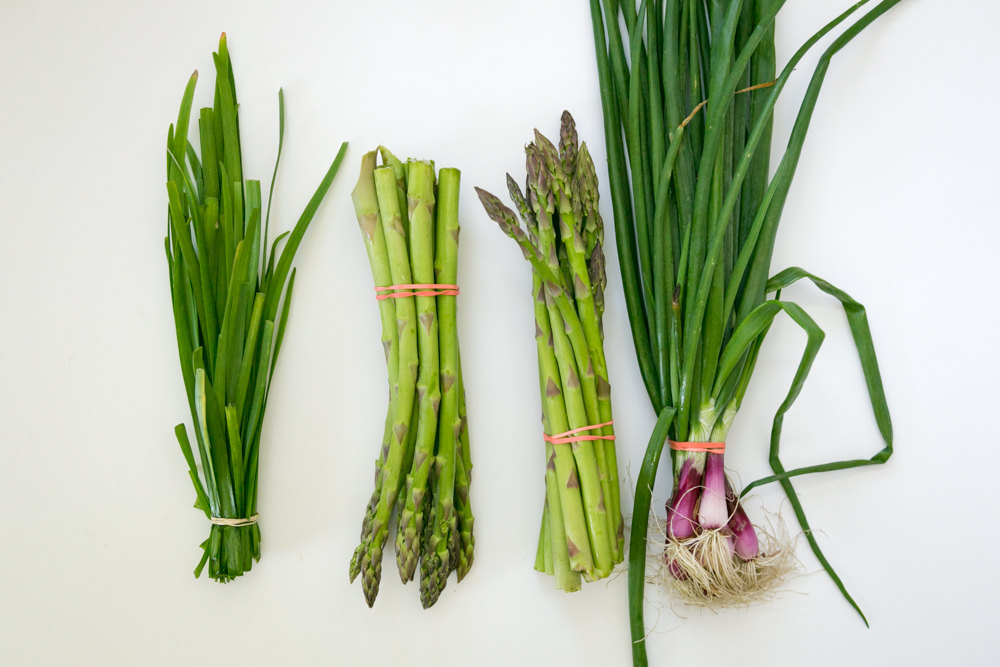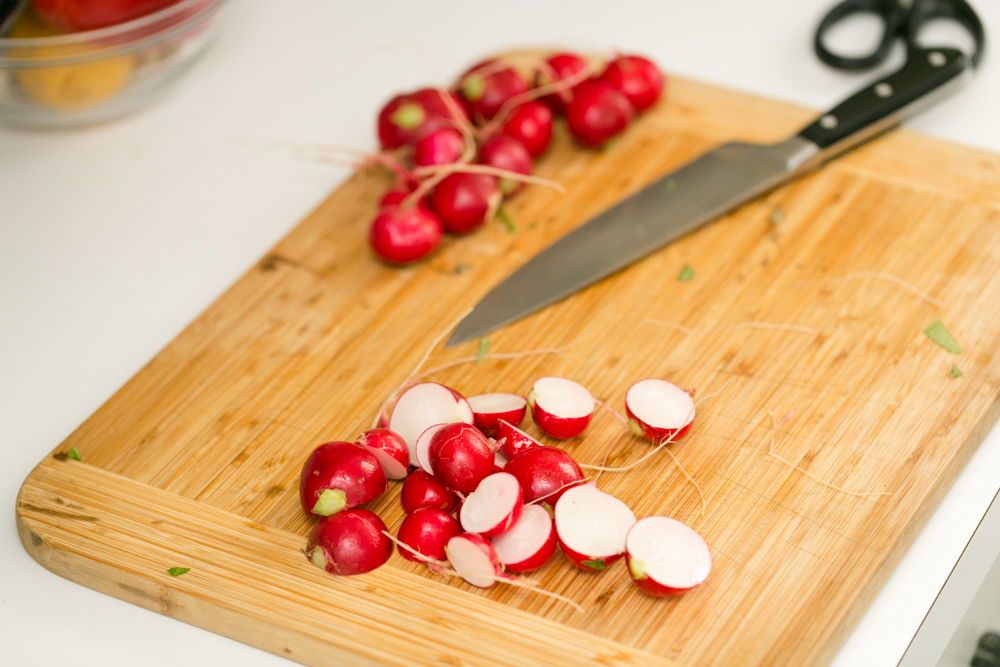Roasted Radishes and Radish Greens with Fresh Crab and Brown Butter Dressing
Kaitlyn Goalen’s Roasted Radish and Crab Salad
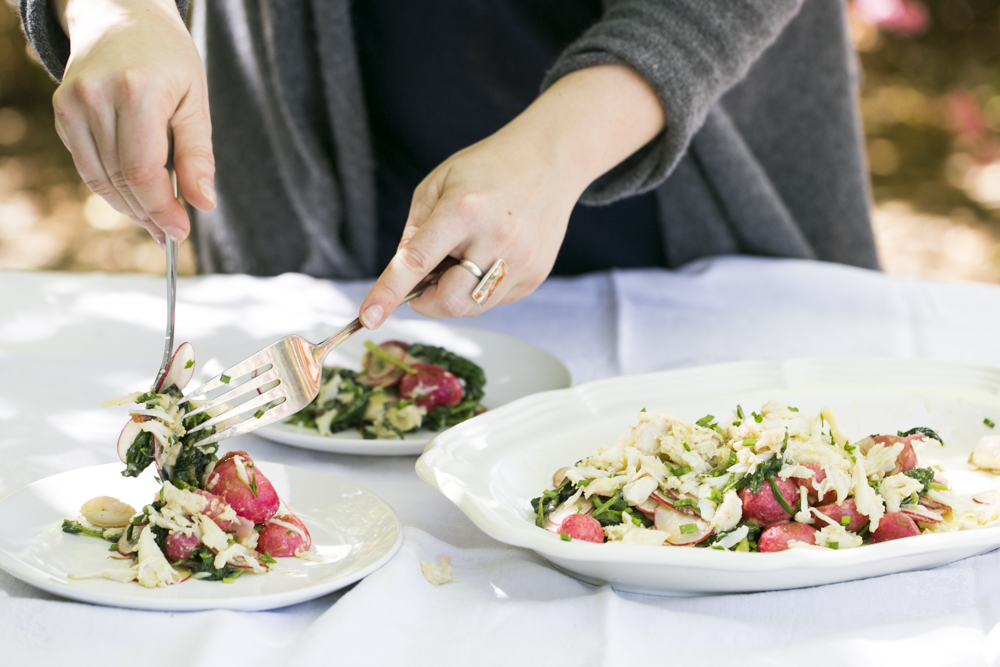

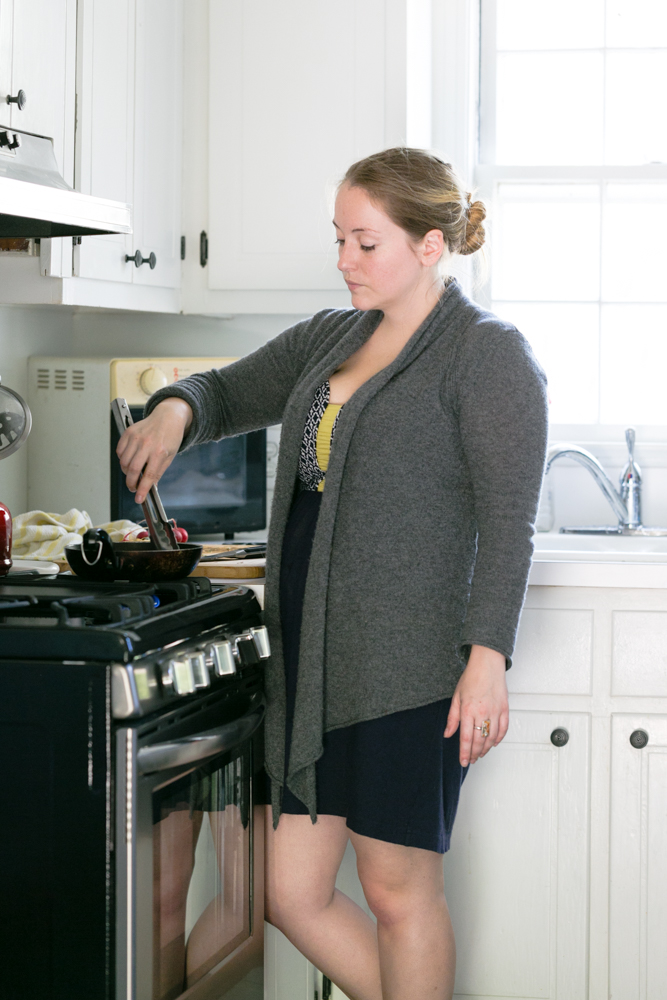
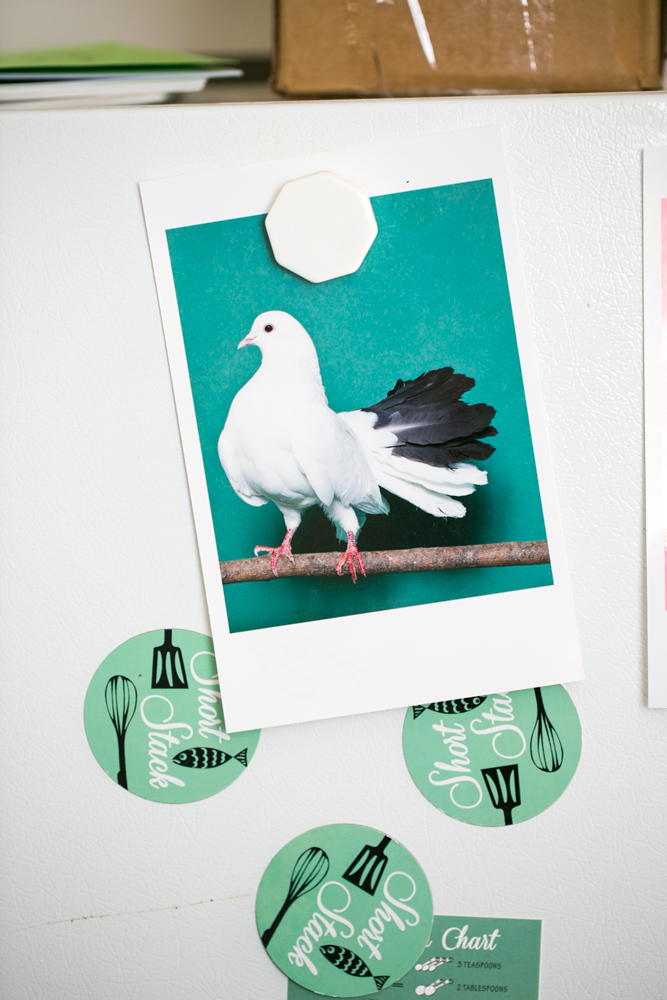
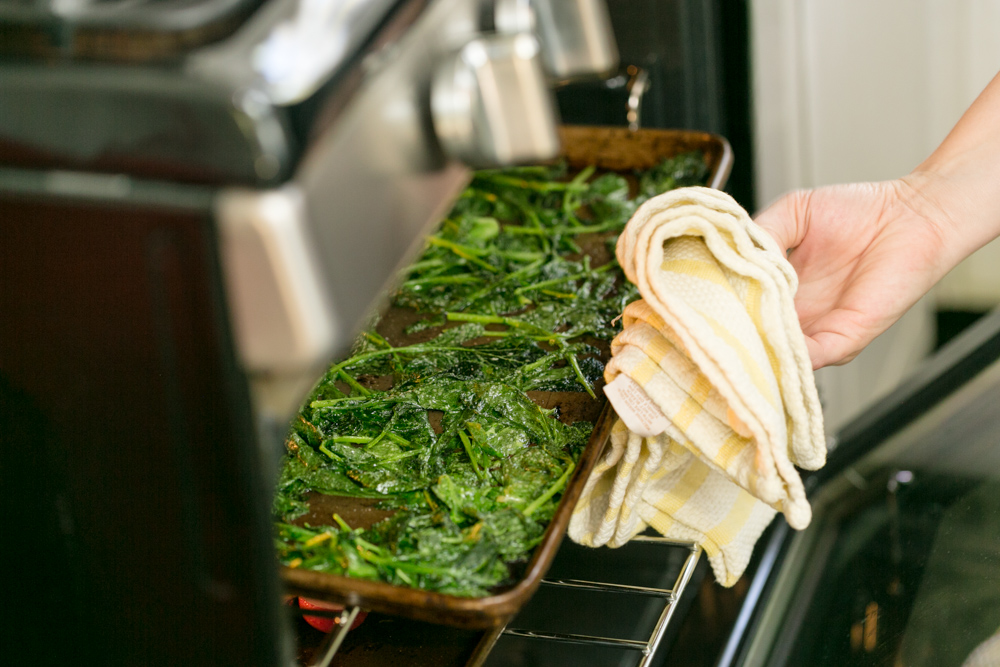
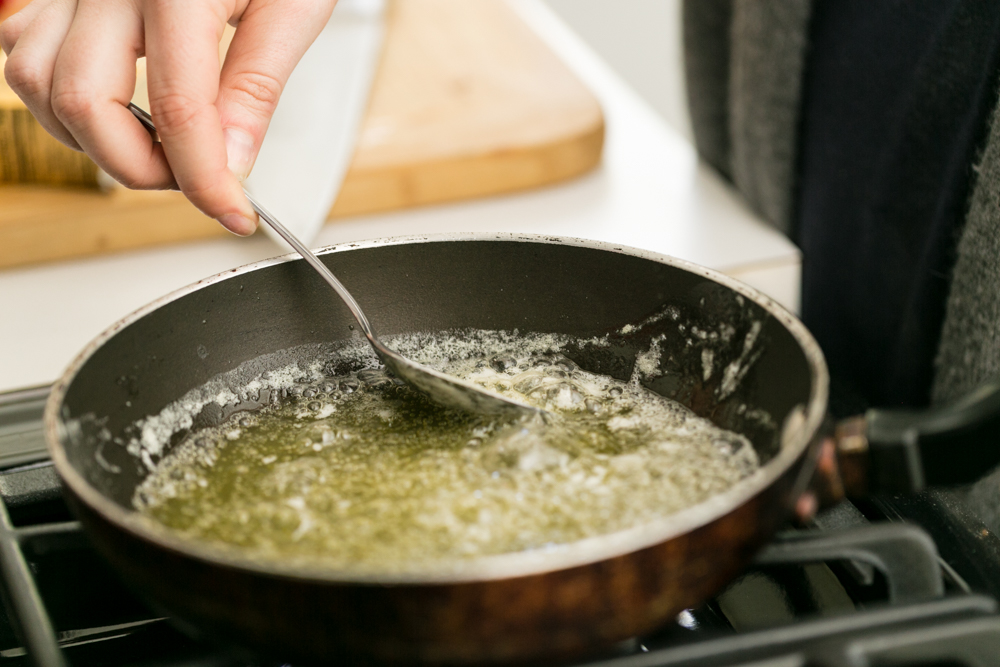
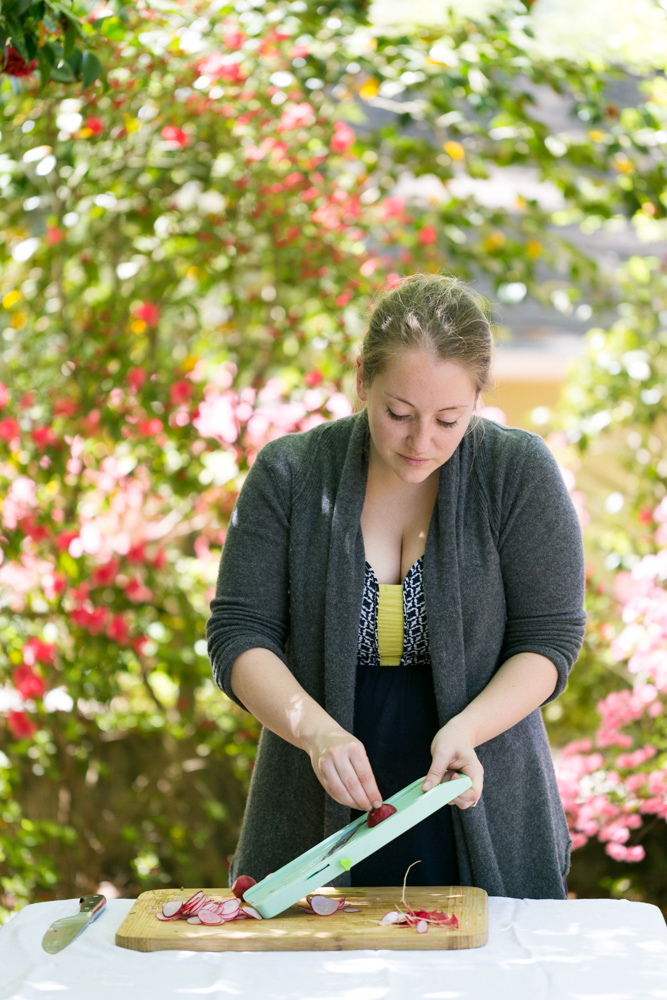
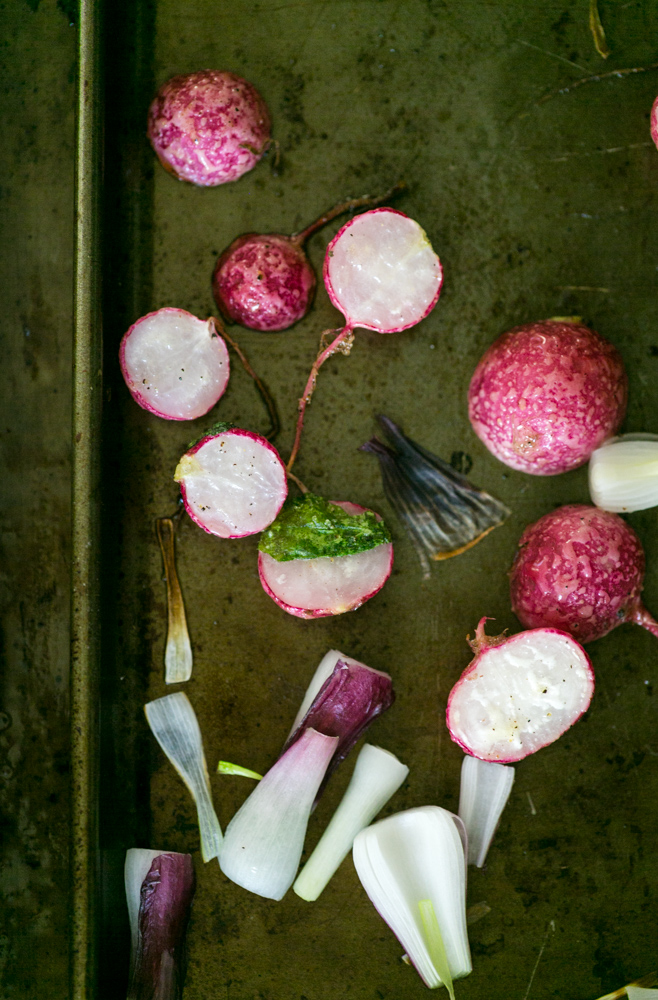
POSTED UNDER
- Main Course Salad,
- North Carolina,
- SPRING
INGREDIENTS
- butter,
- garlic chives,
- lump crab,
- radish
NOTES
This recipe uses the whole radish – green to tail. It’s living proof that salad can be a seriously luxurious occasion.
RECIPE
DIFFICULTY
HARD
SERVES
6
PREP TIME
25 MINS
Salad
-
2bunchesradishes, divided
-
2tbsolive oil
-
2cupslump crab meat
-
2tbsgarlic chives, roughly chopped
-
sea salt and freshly ground black pepper, to taste
Dressing
-
6tbsunsalted butter
-
3tbsred wine vinegar
-
1/4cupolive oil
-
3tbslemon juice
-
1tspDijon mustard
POSTED UNDER
- Main Course Salad,
- North Carolina,
- SPRING
INGREDIENTS
- butter,
- garlic chives,
- lump crab,
- radish
Kaitlyn Goalen is a writer, a cookbook editor and co-founder of your favorite single-subject short form cookbook project, Short Stack Editions. These cookbooks, sold in shops like Heath, Haven’s Kitchen and Poketo, are so beautifully designed, you won’t even notice that they are absent of photography — a bold move in a world obsessed by romantic photos of everything from our cappuccinos to our home cooked meals (ok, guilty as charged). But, in the case of Short Stack, content and style are the driving force; you might recall Salad For President contributor and Bon Appétit Editor Alison Roman’s volume on Lemons that recently launched? Affordably priced at $14 a pop, these super focused explorations into all-things broccoli, honey or say, anchovies (I am slated to author that fishy edition myself), have been a knockout success. So much so that the project has inspired Kaitlyn and her collaborator Nick Fauchald, to publish a hardcover cookbook of the same name. The book will feature original recipe contributions by some of the most ambitious and notable characters writing, cooking, organizing and styling in the culinary world right now.
On my recent trip to Raleigh, North Carolina, Kaitlyn hosted me in her kitchen, despite only having just unpacked her bags herself. She had just moved from NYC to Raleigh to join her partner, chef/restauranteur Ashley Christensen, who seems to own every coffee shop, bar, and restaurant worth patronizing in town. So, before we hunkered down to cook, we stopped at Ashley’s brunch spot, Poole’s Diner, for some pre-game fried chicken, followed by a double cheeseburger that magically appeared for “dessert.” Fortified, we stopped by Raleigh City Farm, an epic urban farm specializing in salad greens, to pick up a few items before heading back to Kaitlyn’s brand new abode to transform some fresh market radishes into one hell of a salad.
Kaitlyn Goalen in Her Own Words
Julia Sherman: How does one become a food writer and editor?
Kaitlyn Goalen: I started out thinking I wanted to be a cook. I love restaurants and restaurant people, and worked in restaurants throughout high school and college. But after a few years, I realized that I wasn’t in love with the late nights and the day-to-day aspects of being a line cook. I began to explore food writing as an option and lucked out with an internship at Food & Wine magazine. That’s where I met my business partner, Nick Fauchald — he was a senior food editor at the time. I followed him to Tasting Table, where I worked as an editor for four years. Tasting Table was way more than a food writing job — it was a crash course. In the beginning, the team was so small that everything overlapped; we were all in the trenches together. It definitely lit an entrepreneurial fire that ultimately led me to Short Stack.
JS: What came first, cooking or writing?
KG: Cooking.
JS: You just moved to North Carolina from NYC. What are the perks? Do you miss anything?
KG: Lots of perks! I prefer porches to stoops, for starters. The community here is incredibly tight-knit — there’s lots of cheering each other on, lots of pride about making Raleigh better, which I love. But the biggest perk is being closer to my girlfriend and our dogs — three years of long distance was enough. That said, I miss plenty of things about Brooklyn; mostly the friends I made there and the accessibility to a bacon, egg and cheese on a roll.
JS: You edit cookbooks and your partner is a chef/restauranteur. Do you think about food 100% of the time? What do you do when you’re not cooking or writing?
KG: Ha! We definitely think about food a lot. But I feel grateful that cooking hasn’t lost its thrill for either of us — we both still really enjoy cooking at home, having friends over, eating together. I do, however, get food-writing fatigue, and a lot of what I end up reading is non-food related. I just finished a book called Chasing the Scream and I can’t shut up about it. So powerful. There’s also a really strong music scene here in Raleigh, and we try to get out and see live shows as much as we can.
JS: How did Short Stacks begin? What does this project offer that other magazines and cookbooks do not?
KG: Nick and I have a habit of hatching business ideas over cocktails; we’ve started probably 100 companies in our heads while tipsy. So I’m pretty sure Short Stack started over a drink somewhere…Nick had the idea to do a printed series on ingredients, and it grew from there. I think it became real when Rotem Raffe, our creative director, got involved — that’s when we finally knew what it would look and feel like. We pulled the trigger in earnest in 2013 — I quit my job and we launched a Kickstarter campaign.
From the start, it was important to us to create a model that trumpeted our authors first. As writers ourselves, we were looking to create a new model of book publishing that really benefited the author first. Additionally, we approached the idea with a less-is-more laser-focus that ended up bucking many of the current trends in food publishing: no photos, just 20 recipes, print only. It reads like a list of what NOT to do, but I think it’s actually been critical to our success. People aren’t overwhelmed by these books; they feel approachable and clear-cut.
JS: What’s next for Short Stacks?
KG: We’re currently working on a full length, full size cookbook, which will come out next year from Abrams. And we have authors lined up for editions for the next 2 years, which is absolutely crazy and exciting to me! We have lots of big dreams for these tiny books.
JS: Where did the inspiration for this salad come from?
KG: Crab is so accessible and delicious here, and it’s one of my favorite things. Between crab and lobster, I’ll choose crab every time. And I’m just infatuated with cooked radishes. I never ate them until recently and it was like this tiny epiphany. Now they’re a staple in my diet.
